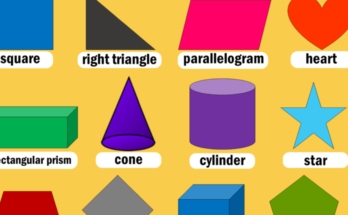After getting a degree in engineering, architecture, and other highly technical fields, many professionals still opt to continue their learning process. These industries are constantly evolving. This means that the professionals working in the sector must catch up with the emerging technology and new industry requirements and compliance standards.
What is Continuing Education?
Continuing education target adult students and includes learning activities and programs that occur after post-secondary education. It includes degree or credit courses from universities or colleges. They may also include workforce training programs, workshops, and conferences that are designed for a specific sector.
The methods of learning are also flexible, given that some continuing education students are also working either on a part-time or full-time basis. Many of these programs are designed to accommodate these varying needs. Aside from the flexibility in enrolling in these courses or training programs, they are also offered online. Halfmoonseminars.org is an example of these continuing education providers that deliver different learning modes to participants.
Variety of Learning Options
Teaching methods also vary for continuing education courses. Location differentiates the design and delivery of the course. There are courses that are taught in a physical classroom or laboratory setting. In this set-up, the traditional learning method is paired with multimedia tools and hands-on learning, if needed.
For online teaching modes, the content may be delivered in a variety of multimedia formats. These include webinar series on a specific topic or any audio or video streamed content. Learning modules are also shared online. There are also courses that encourage exchange between students via a virtual classroom set-up. In some cases, the methodologies are a mix of actual classroom learning and virtual or online methods.
Benefits of Continuing Education
There are many reasons why professionals seek continuing education opportunities. Learning is a continuous process. As the individual progresses through a career, new information and knowledge are being developed in the respective industry. This especially applies to sectors that are highly technical such as engineering and law.
For managers, it is also important to encourage employees to enroll in a continuing education course. In many cases, developing an in-house program that supports this endeavor also helps facilitate learning opportunities for the employees. Companies that prioritize continuing education and training can also successfully engage their employees, and in the long-run, encourage contribute to workforce retention.
Proactive companies even take the initiative to conduct their own skills and training needs assessment. This enables them to identify what courses and training programs would help develop their workforce. In the long-run, this also helps the company tremendously by having well-trained employees who can handle the changing needs of the industry.
Keeping abreast of industry trends and requirements is a must when working in these highly–technical fields. For engineers, architects, and other professionals enrolling in a continuing education course keeps them on top of their game. These highly technical sectors are not static, and professionals who want to excel in their areas must learn and adapt.
Continuing Education Builds a Capable Workforce




